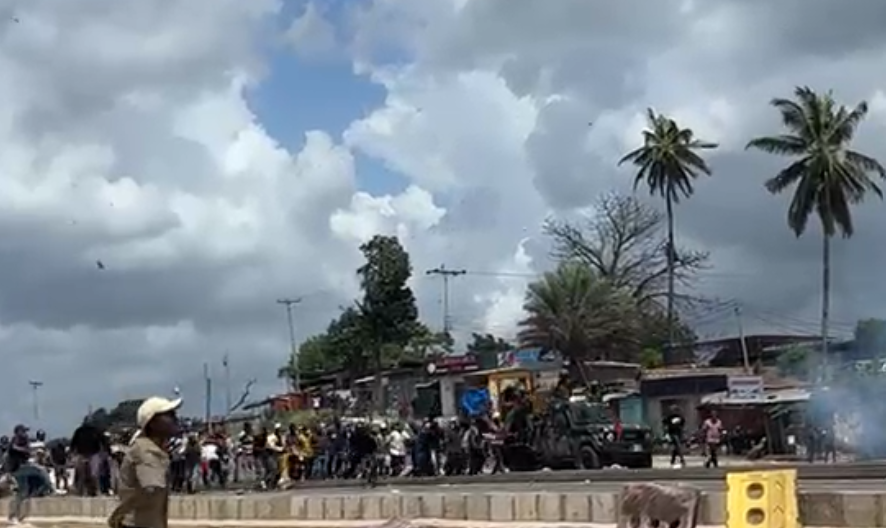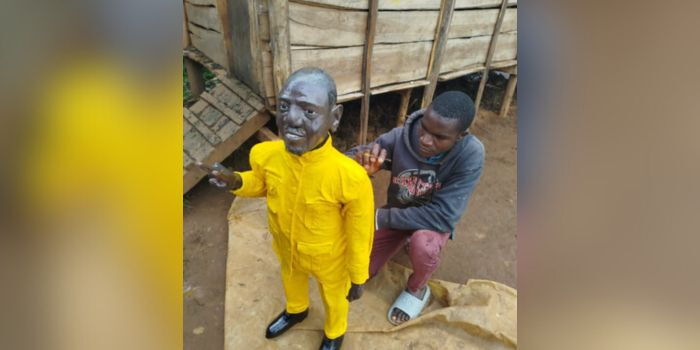
In a chilling sequence of events that has stirred outrage and shock across the nation, second-year student Jane Atila of the University of Nairobi’s Kikuyu campus was abducted and brutally murdered after her family was unable to raise the final KSh 1,500 of a ransom demanded by her alleged killer.
How the Tragedy Unfolded
Jane was first reported missing on October 3, 2025, when family members could no longer reach her following her last check-in. Over the subsequent days, mounting terror and helplessness took hold as the family searched for answers.
The break came when detectives at the Kenya Police Service’s Kikuyu station obtained phone-call evidence showing the prime suspect, Nicholas Mutua Mutia, making explicit threats and demanding KSh 2,500. The family had only been able to send KSh 1,000; the remainder—KSh 1,500—was never delivered, and Jane’s life was taken.
Her decomposed body was found on October 17 inside the KEFRI Forest in Kikuyu, Kiambu County. Further forensic examination confirmed Jane’s identity via fingerprint analysis. The discovery has ignited deep anger and fear among students, families and neighbours alike.
Allegations and Ongoing Investigation
Police investigations have linked Mutua not only to Jane’s murder but to an alleged string of kidnappings, torture incidents and ransom demands in the same forested area. Two female victims have now come forward, accusing him of abduction, violent assault and sexual abuse — all culminating in threats delivering the chilling message: “When you don’t deliver the money, you die.”
Authorities have confirmed three suspects are in custody, including Mutua, and investigators are appealing for other victims to step forward. Frustrations have also arisen over initial reports that the family attempted to report Jane’s disappearance to Kabete Police Station — twice — only to be turned away.
Why This Case Reverberates Nationally
- Student vulnerability: A student at a major public institution became prey to a ransom scheme, exposing the danger of predatory crime in campus-adjacent areas.
- Law-enforcement shortcomings: The family’s initial attempts to report the disappearance were dismissed. This raises critical questions about police responsiveness to missing-person cases and early intervention.
- Ransom culture and brutality: The case highlights the intersection of ransom demands, abductions and murder — a perilous formula increasingly targeting students and young professionals.
- Forested hideouts: The victim’s body was found in a remote forest, showing how criminals exploit terrain and delay discovery, thereby complicating investigation and raising fear among the public.







